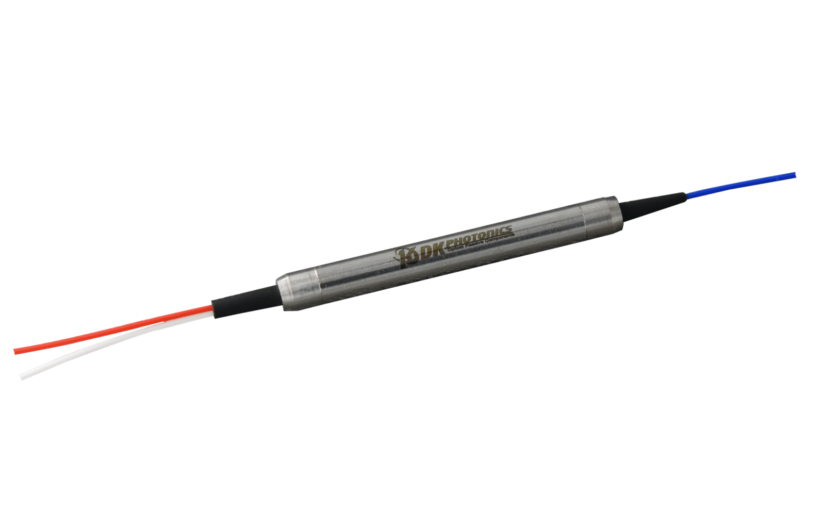Fiber optic networks represent the backbone of modern communication infrastructure. By encoding data into light, fiber optic cables can transmit vast amounts of information at blistering speeds.
At the core of high-capacity fiber optic networks lies a technology called wavelength division multiplexing (WDM). WDM allows multiple data signals to be transmitted over the same optical fiber by using different wavelengths or colors of light.
An advanced form of WDM called polarization multiplexed (PM) filter WDM pushes the boundaries even further by combining wavelength division multiplexing with polarization multiplexing. This combination provides extraordinary capacity and efficiency gains that are critical for supporting the exponential growth in data traffic. However, these advantages come with a unique set of deployment challenges that must be addressed.
Polarization Sensitivity
The most fundamental issue is polarization sensitivity. PM filter WDM relies on maintaining the polarization of light waves as they pass through the network. Unfortunately, fluctuations in temperature, mechanical stress, and other factors can cause the polarization to drift.
Without proper control, signal quality degrades leading to increased data errors. Manufacturers utilize special fibers and electronics that help maintain polarization integrity. However, additional adjustments may be needed when installing system components to ensure proper alignment and operation.
Channel Crosstalk
Another major concern is the crosstalk between closely spaced wavelength channels. The optical filters that separate the wavelengths are not perfect. A small amount of signal from one channel can leak into another which distorts the original data.
Some standards establish maximum acceptable levels of crosstalk in PM filter WDM systems. Engineers must carefully select filters and optimize channel spacing configurations that mitigate crosstalk during deployment.
Dispersion Management
Dispersion also poses issues for PM filter WDM networks. As light propagates through the glass fiber core, wavelengths spread out slightly. This causes pulses to broaden which makes it harder to distinguish data bits at the receiving end.
Moderate dispersion levels can be compensated by using dispersion-compensating modules. However, higher dispersion may require installing specialty fibers with ultra-low dispersion properties.
Signal Loss
Deployment teams also have to minimize optical signal loss and attenuation. Microscopic impurities in the glass as well as subtle fiber faults absorb a tiny fraction of the light energy as it travels through the cable.
Connectors, splices, and other components also contribute additional loss. Careful routing, splicing, and inline amplification help overcome signal loss and extend PM filter WDM transmission reach.
Scalability and Upgradability
Upgradability and scalability have to be factored in when architecting PM filter WDM systems. Demand for bandwidth grows relentlessly as new applications emerge.
Deployed infrastructure should be designed with open interfaces and extra capacity to simplify adding new wavelengths, transmission gear, and inline amplification down the road.
PM filter WDM offers groundbreaking capacity for fiber optic networks. However, successfully harnessing its potential requires extensive expertise in optical engineering and network planning. From tackling polarization sensitivity to minimizing signal impairments, the deployment process is filled with challenges. However, by leveraging the latest technical innovations and design principles, these hurdles can be overcome.
